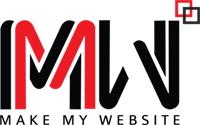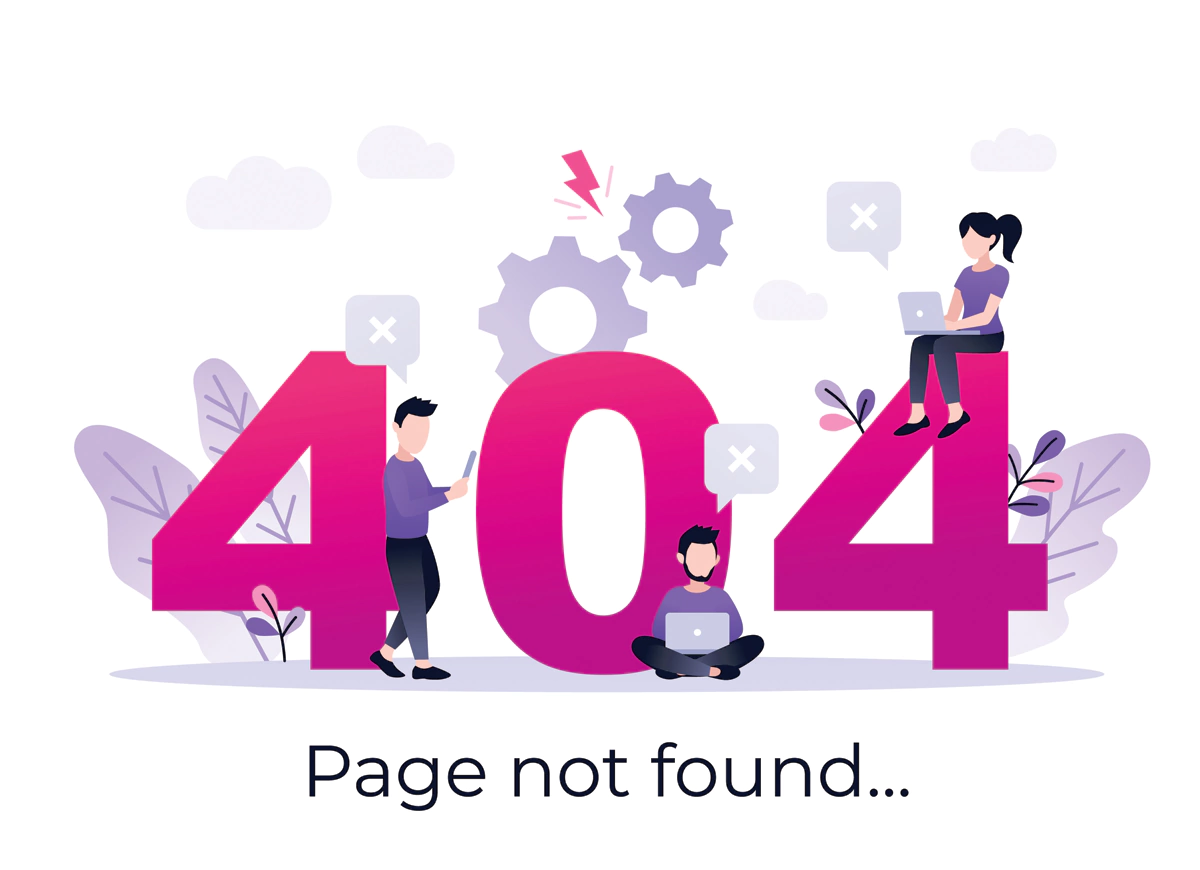This article is originally posted on Galactic Fed.
You’ve probably already heard of paid, owned, and earned media. However, you might not be sure what each of these types of media entails, or what the specific differences between them are.
In this blog post, we’re going to discuss these three types of media and their distinct advantages and drawbacks, as well as showcase examples of each.
Paid Media
Paid media involves paying third-party providers to promote your brand, products, or services in order to generate attention for your company, drive traffic to your owned media channels, or generate sales.
It allows businesses to reach consumers who might not be actively searching for their products or services and convert them into customers.
Paid media often generates an immediate ROI, which is why businesses frequently prioritize it when planning how they’re going to spend their budget.
While paid media can drive an instant ROI, how big of a return that’s going to be varies wildly and is dependent on a number of factors, including the type of channel used, the lifetime value of a customer, and the cost of the products or services sold.
The main benefits of paid media include:
– Control – One of the best things about using paid media to promote your brand is that you can stop doing it whenever you want (e.g., if you see it’s not generating the desired results).
– Advanced targeting options – If you’re using an online paid media channel, you’ll most likely have access to advanced segmentation and targeting capabilities, allowing you to reach precisely those people that fit your target audience.
– Easy tracking – It’s easy to track and measure the results of paid media efforts, which allows businesses to quickly understand whether a particular promotional tactic is profitable or not.
The most common types of paid media include:
Display Ads
Typical display ads include banners and pop-ups. These types of ads were a great way to generate more sales for businesses during the early days of the Internet.
They’ve become less effective in recent years due to the growing popularity of ad blockers, as well as people’s tendency to develop banner blindness.
Nowadays, display ads are mostly used for improving brand awareness and recognition.
Search Ads (Google and Bing)
Search ads are displayed on search engine results pages and are typically priced on a pay-per-click (PPC) model.
Since these types of ads are based on the user’s search query, they’re usually very relevant to what people are actually searching for and looking to buy at the moment.
This makes search ads very effective at generating sales, which is why they’re most commonly used for bottom-of-the-funnel advertising.
Social Media Ads
Social media ads are ads placed on social media platforms such as Facebook and Instagram.
One of the main advantages of using these types of ads are the advanced targeting options made available to advertisers thanks to the vast amount of user data social platforms own.
With social ads, businesses can easily target people who fit their ideal customer persona perfectly, making sure that their ads are reaching people who are most likely to become customers.
Owned Media
Owned media includes media channels that a brand owns and controls.
The main advantage of owned media is that you’re in complete control of it, and can utilize it as you see fit.
The other big advantage is cost-effectiveness. As you can imagine, it’s a lot more affordable to maintain a website, a blog, or a few social media pages, than it is to purchase search engine or display ads.
Owned media channels allow brands to extend their presence and reach more potential customers at a relatively low cost. The most commonly used owned media channels include:
Website
Every business has a website nowadays. It’s no wonder why – a brand’s website is its introduction to the digital world, and the place where potential customers go to learn more about a business.
Having a website for your business is no longer optional – it’s a necessity. A website allows you to showcase your brand’s story, provide people with more information about your business, as well as sell your products and services.
Blog
Content marketing is a very effective way of generating leads, customers, and sales. It’s used by a wide variety of different businesses, including SaaS companies, ecommerce businesses, and professional services firms.
While content marketing can take many forms, for a lot of companies, content marketing means maintaining an active blog.
A company blog is usually hosted on the company’s website, but can also be hosted on platforms such as Medium.
Creating regular blog content is a great way to improve brand awareness, educate your audience, as well as develop authority and thought leadership.
Social media pages
While it’s not necessary for a brand to be active on all social media platforms out there, every brand should have some sort of social media presence.
A social media page gives businesses a way to interact with their audience directly and allows them to keep their brand top of mind at all times. It can also be used to provide customer support, as well as sell products or services directly.
Earned Media
Earned media includes shares or mentions of a brand, its website, or content on channels which the brand neither owns nor controls.
This type of media is great for improving brand awareness and introducing your business to more people, as well as generating social proof.
The main drawback is that you usually have no control over earned media. There’s also the fact that not all earned media is positive.
Additionally, unless you’re using brand monitoring software, you might not even be aware of your brand’s earned media.
Examples of earned media include:
Press coverage
Press coverage is a traditional form of earned media. It includes mentions of your company in newspapers, magazines, and online publications.
As far as earned media goes, press coverage is a great way to boost your business’ credibility, improve brand awareness, and get your products and services in front of more people.
Reviews
Reviews of your company, products, or services, are a common form of earned media in today’s digital world.
7 out of 10 people are reading online reviews before making a purchase, which makes generating positive reviews a crucial task for businesses that want to keep generating sales.
User-generated Social Media Content
User-generated social media content is another example of earned media that can have a significant impact on your business’ bottom line.
It might include people mentioning your brand on social media, sharing content from your website, or creating social media posts showcasing your products or services.
Integrating Paid, Owned, and Earned Media
Paid, owned, and earned media all have their distinct advantages and drawbacks. A good media strategy should incorporate all of these types of media to allow a business to improve brand awareness, generate authority, and drive sales.
By using a combination of paid, owned, and earned media, brands can amplify the effect of each particular type of media and generate far better results than if they focused on a single type of media while ignoring the rest.



















